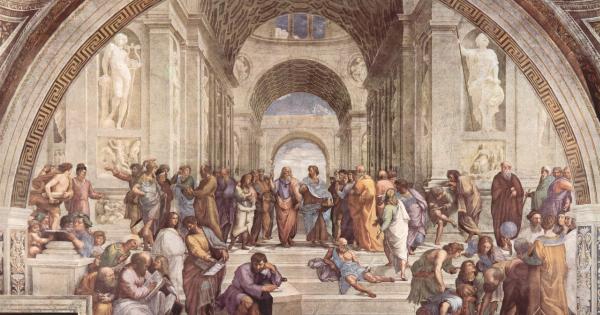The Colosseum, also known as the Flavian Amphitheatre, is an iconic symbol of ancient Rome. It was a massive oval-shaped arena located in the heart of the city and was the site of various gladiatorial contests, animal hunts, and other spectacles.
The Construction of the Colosseum
The construction of the Colosseum began in 70 AD under the rule of Emperor Vespasian and was completed in 80 AD during the reign of his son, Titus.
The immense amphitheater was built using concrete and stone, and its impressive size allowed it to accommodate an estimated 50,000 to 80,000 spectators.
A Symbol of Power and Entertainment
The Colosseum was not just a mere structure, but a symbol of power and entertainment for the Roman Empire.
It was intended to showcase the grandeur and wealth of Rome, and the gladiatorial games held within its walls served as a means of entertainment for the citizens.
The Rise of Hector
One of the most legendary figures associated with the Colosseum is Hector, a skilled gladiator who rose to prominence during the height of the Roman Empire.
Born as a slave, Hector displayed exceptional combat skills and soon attracted the attention of Roman authorities.
Becoming a Gladiator
Hector’s journey began when he was captured and sold into slavery at a young age. He was trained as a gladiator at one of the famous ludus, or gladiator schools, where he learned various fighting techniques and honed his skills in combat.
Hector’s Skills and Fighting Style
Hector quickly gained a reputation for his agility, speed, and excellent swordsmanship. His fighting style incorporated elements of both offense and defense, making him a formidable opponent in the arena.
He was known for his ability to anticipate his opponent’s moves and strike with precision.
Glory in the Arena
As Hector’s reputation grew, he became a crowd favorite and amassed a large following of supporters.
His victories in the arena were marked by cheers and applause from the spectators, as he displayed his mastery of combat against various adversaries.
The Golden Age of Hector
Hector reached the peak of his career during what is now known as the “Golden Age” of gladiatorial games in Rome.
The demand for skilled gladiators was high, and their matches were the highlight of the entertainment provided at the Colosseum.
The Fall of Hector
However, as with many legends, Hector’s rise to fame was followed by a tragic fall. In a fateful match, Hector was pitted against another renowned gladiator named Maximus.
The battle was fierce and brutal, ending with Hector’s defeat and subsequent demise.
A Legacy Remembered
Though Hector’s life was cut short in the Colosseum, his legacy lives on. He is remembered as one of the greatest gladiators of ancient Rome, and his story continues to captivate the imaginations of people around the world.
The Colosseum Today
Today, the Colosseum stands as a testament to the grandeur and magnificence of the Roman Empire.
It is one of the most visited landmarks in the world, attracting millions of tourists each year who come to witness its awe-inspiring architecture and learn about its fascinating history.






























